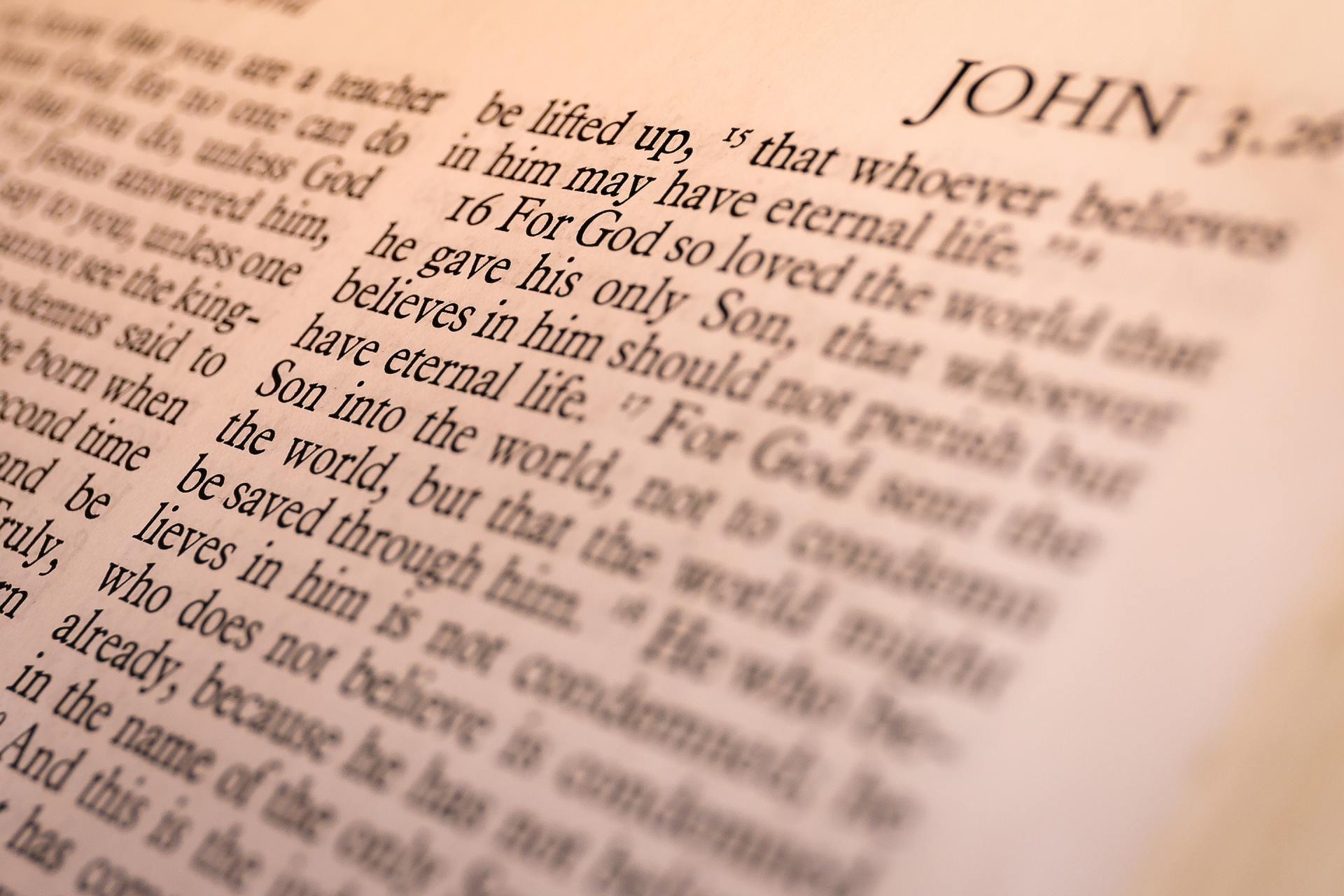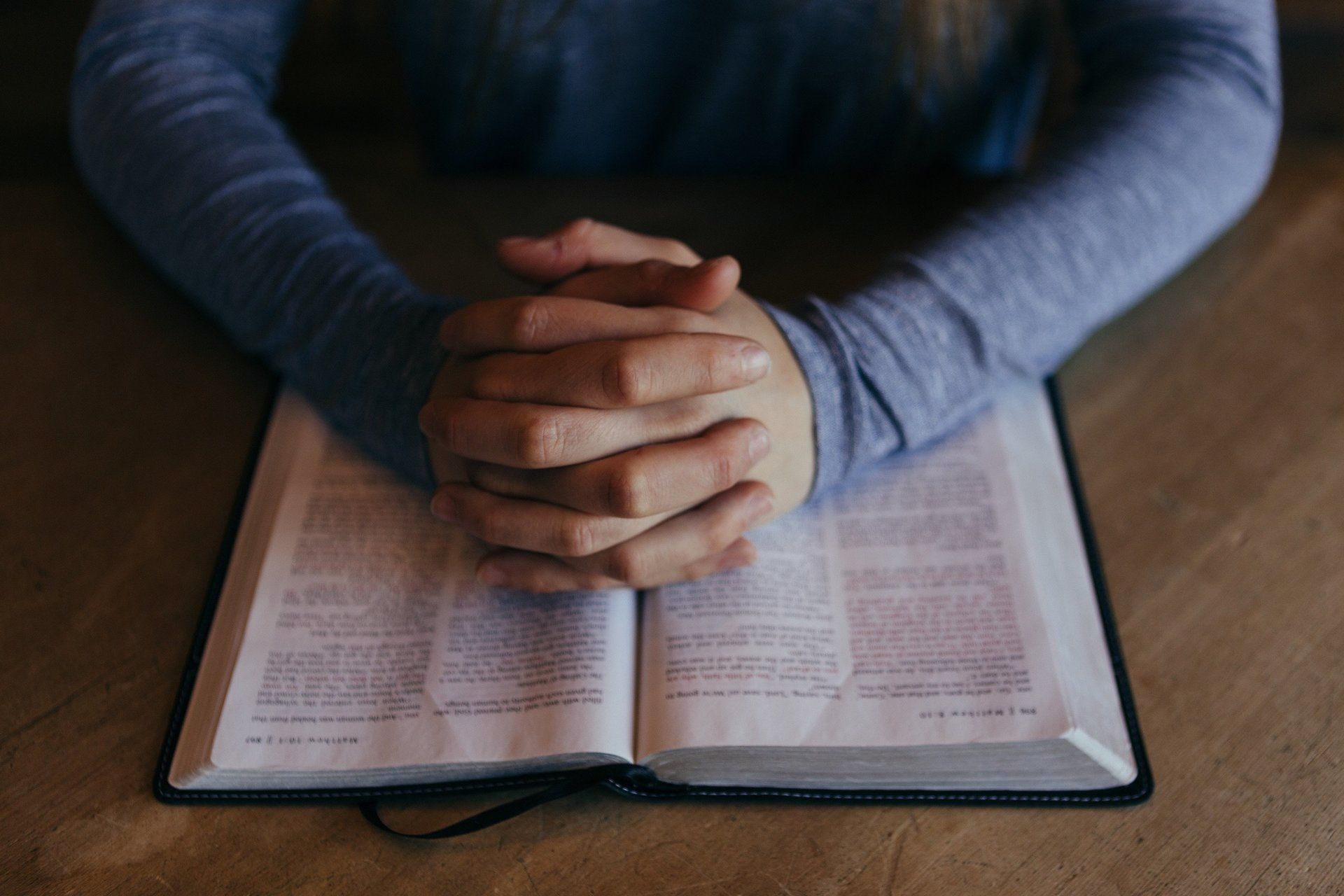The Catholic Roots of Halloween: A Holy History Behind the Holiday
When most people think of Halloween, they picture candy, costumes, and carved pumpkins — but behind the modern celebrations lies a deeply Catholic story. The origins of Halloween reach back to ancient Christian observances of All Saints’ Day and All Souls’ Day, forming a sacred season known as Hallowtide.
From All Hallows’ Eve to Halloween
The word Halloween itself comes from All Hallows’ Eve — the vigil before All Saints’ Day (November 1). In the Church’s calendar, a vigil is a time of prayer and preparation before a feast. Just as Christmas Eve leads into Christmas Day, All Hallows’ Eve leads into the celebration of all the saints in heaven.
The next day, All Souls’ Day (November 2), remembers and prays for the faithful departed — those in purgatory who are still being purified before entering heaven. Together, these three days (All Hallows’ Eve, All Saints’ Day, and All Souls’ Day) form a powerful reflection on the communion of saints: the unity between the Church in heaven, on earth, and in purgatory.
Medieval “Souling”: The First Trick-or-Treaters
Centuries ago, Catholics in England and Ireland kept All Souls’ Day with a practice called “souling.”
Poor villagers or children would go door to door, offering to pray for the souls of the departed in exchange for small round cakes called “soul cakes.”
Each cake received represented prayers offered for a loved one’s soul. This humble act of charity and remembrance gradually evolved into the custom of visiting homes for treats — the forerunner of trick-or-treating.
Over time, children began to dress in disguise while “souling,” reciting verses or performing little songs for their benefactors. In Ireland and Scotland, this became known as “guising,” and when immigrants brought the tradition to America, it eventually became the familiar “trick-or-treat” of today.
Costumes of Saints and Souls
Long before children dressed as superheroes or monsters, Catholics would dress as saints, angels, or even souls in purgatory during the All Hallows’ celebrations. These costumes weren’t about fear — they were about faith.
In medieval pageants and parish processions, Christians donned saintly costumes to honor their heavenly heroes, reminding all of the call to holiness. Dressing as “souls” — often in white robes or ashes — was a somber reminder to pray for the departed.
Even today, many Catholic parishes and schools revive this tradition with All Saints’ Day costume parades or “Holyween” celebrations, where children come dressed as their favorite saints, complete with halos and symbols of their patronage.
Faith Beneath the Fun
While modern Halloween has largely become a secular celebration, its foundations remain unmistakably Catholic:
- All Hallows’ Eve = All Saints’ vigil
- Trick-or-treating = Souling and guising, rooted in prayer for the dead
- Costumes = Saintly and spiritual imagery
The Church’s message through Hallowtide has always been one of hope and remembrance — that death is not the end, that holiness is our calling, and that prayer unites us across heaven and earth.
Redeeming the Season
Rather than rejecting Halloween outright, Catholics can reclaim its true meaning:
- Light candles and pray for deceased loved ones.
- Attend All Saints’ Day Mass and All Souls’ Day Mass.
- Teach children the stories of the saints and celebrate their witness.
- Remind your family that the “holy” in Halloween points us back to God’s victory over sin and death.
“For the Saints of God Are Just Folk Like Me…”
This year, as jack-o’-lanterns glow and costumes fill the streets, remember that Halloween began as a holy night — a reminder of the joy of heaven and the hope of resurrection. Behind every mask and memory is a whisper of something eternal: “For we are surrounded by so great a cloud of witnesses.” (Hebrews 12:1)




